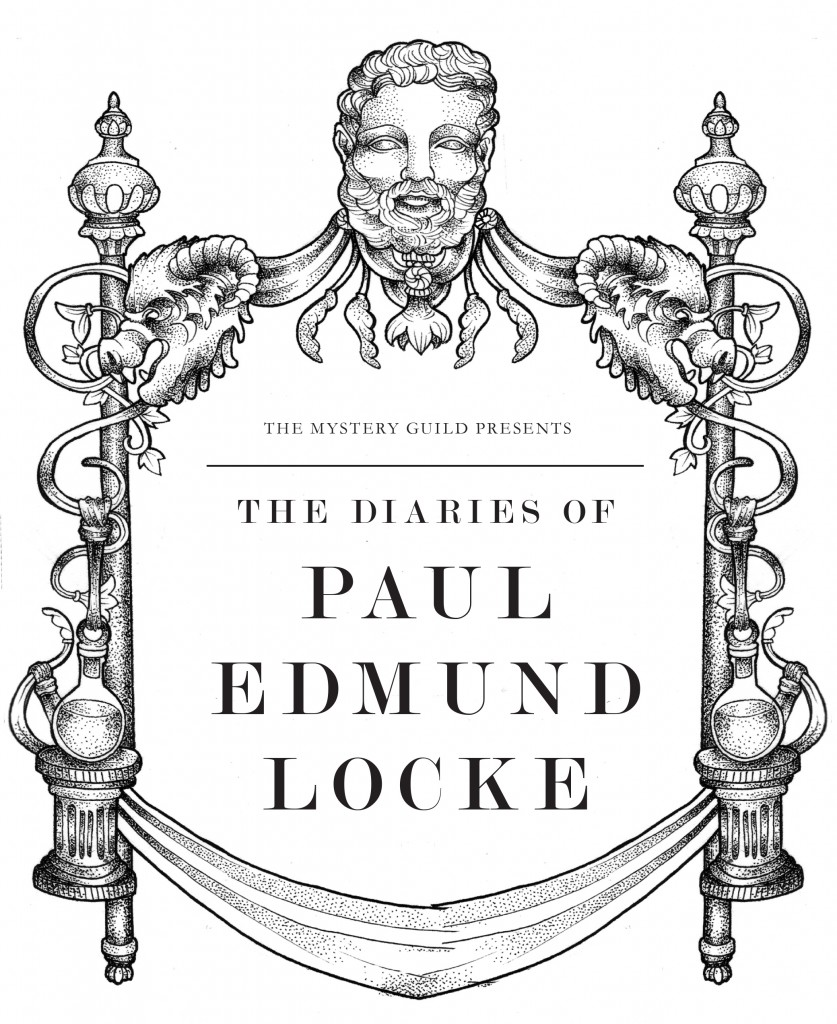
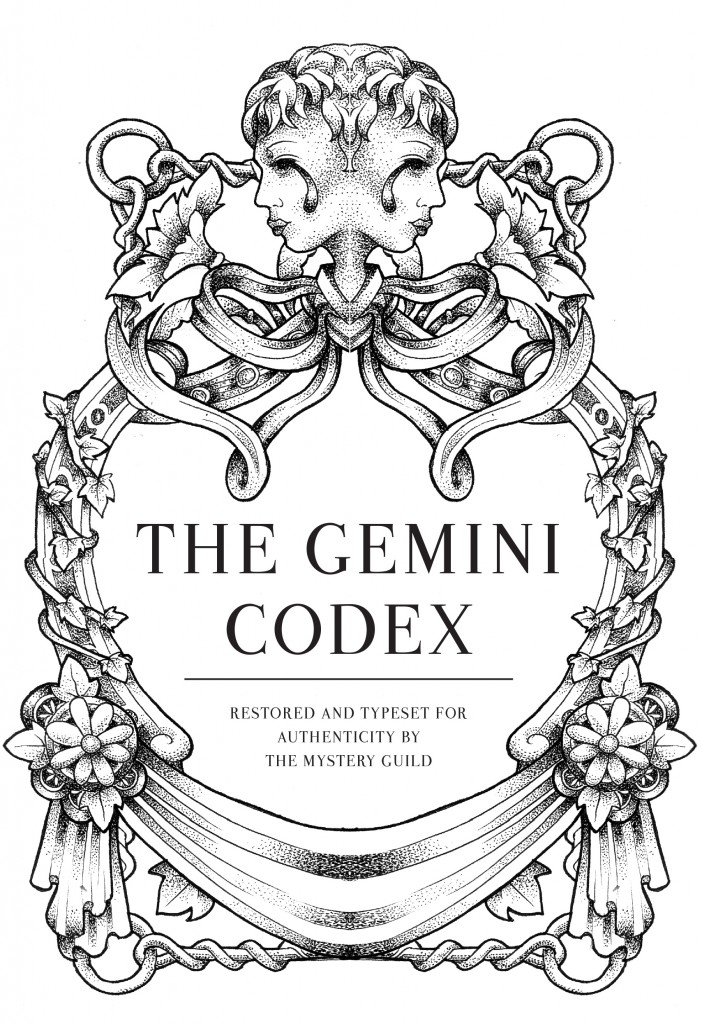
I had a good time doing these. I’ve been tinkering with my typography for the moment and tightening up the different sections of the book. It’s easier for me to show more of the work on Friday, so till then.
now loading: final year project


I had a good time doing these. I’ve been tinkering with my typography for the moment and tightening up the different sections of the book. It’s easier for me to show more of the work on Friday, so till then.
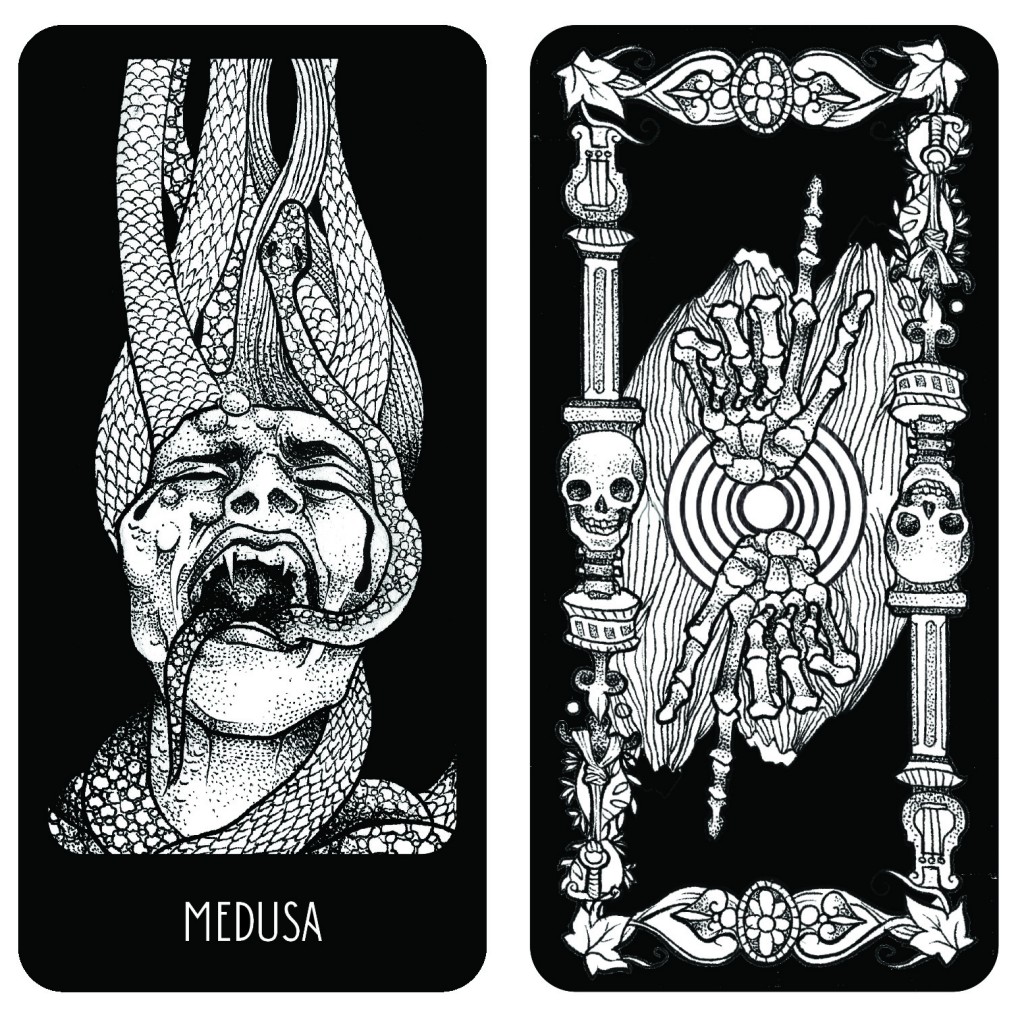
First draft of my card backs. I haven’t finalized the design yet, so I might still make some changes. I’m looking towards removing the mountains behind the two hands and adding geometric elements instead (seems more suitable given the card back references I’ve been looking at on Pinterest. I don’t want the card back to be completely geometric but I think having some geometry works.
Got to start on the mural this month and start assembling the book as well as the process journal. Finally getting into the swing of things proper and there should be tons of output soon!
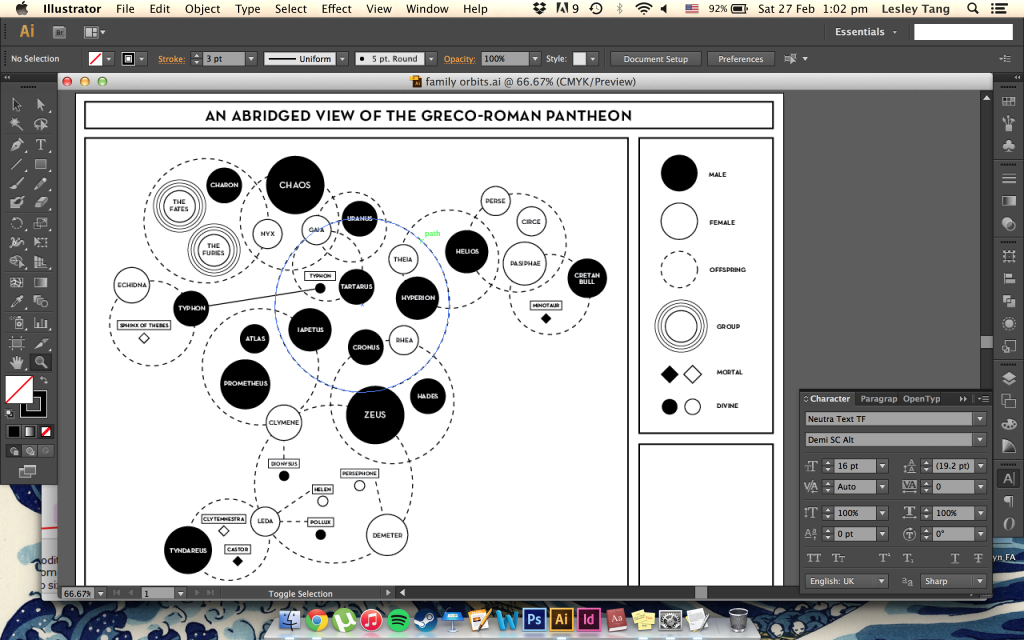 Astrid’s homework assignment for me for a while has been to do a family tree. In keeping with my thematic fascination with planets/astrology/astronomy (the roots of this FYP really), I’ve made a planetary map of the Greco-Roman deities/mortals of relevance in my set of tarot cards and in my story. This was surprisingly quite fun to do.
Astrid’s homework assignment for me for a while has been to do a family tree. In keeping with my thematic fascination with planets/astrology/astronomy (the roots of this FYP really), I’ve made a planetary map of the Greco-Roman deities/mortals of relevance in my set of tarot cards and in my story. This was surprisingly quite fun to do.
I haven’t been blogging much on OSS because I’ve been using the time to do production. My work has gotten to a point where I no longer really feel the need to discuss process and I’m in a stage where I’d rather just work instead. But here’s a short update:
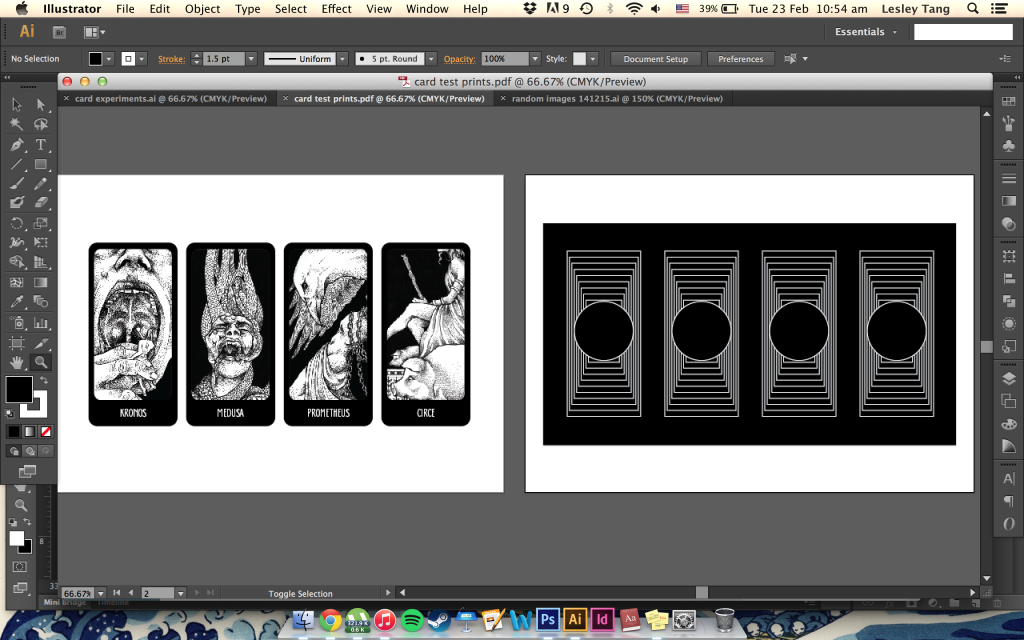
I’m going to release the fortune-telling cards along with a small book of meanings/interpretations since I’m using them as part of the storytelling element in one of the narratives. So the main book and the cards and the interpretation book will come together as a set along with the mural. I haven’t done the mural yet but I’m test-printing the cards today. Hopefully I’ll finish the entire deck of 20 cards by the end of the month, which I think is a good achievable goal. I didn’t intend to make the cards part of the final work originally but since I put so much effort into visualizing all these other myths that tie into the Castor/Pollux myth somewhat it makes sense to incorporate them. Besides, my understanding of the postmodern is that a postmodern narrative is rife with layers, and this helps to add complexity and interaction to the narrative.
I’m in the process of typesetting and cleaning up the narrative now, and later in March I’ll be working on how to put the book together (especially the transparencies + drawings) and finishing up more illustrations. The mural will be one of the last things to be done as it’s intended to be a collage of a lot of the other drawings I’ve done over the two semesters. So that’s on the backburner for now while I settle the card deck and the book.
The gold foil machine motivated me to do the cards again and I’ll be looking into how much to use it. I wanted to gild the entire book but almost everyone told me that it’s just too much 🙁 And I have no conceptual justification for that apart from my frankly worrying obsession with gold foil.
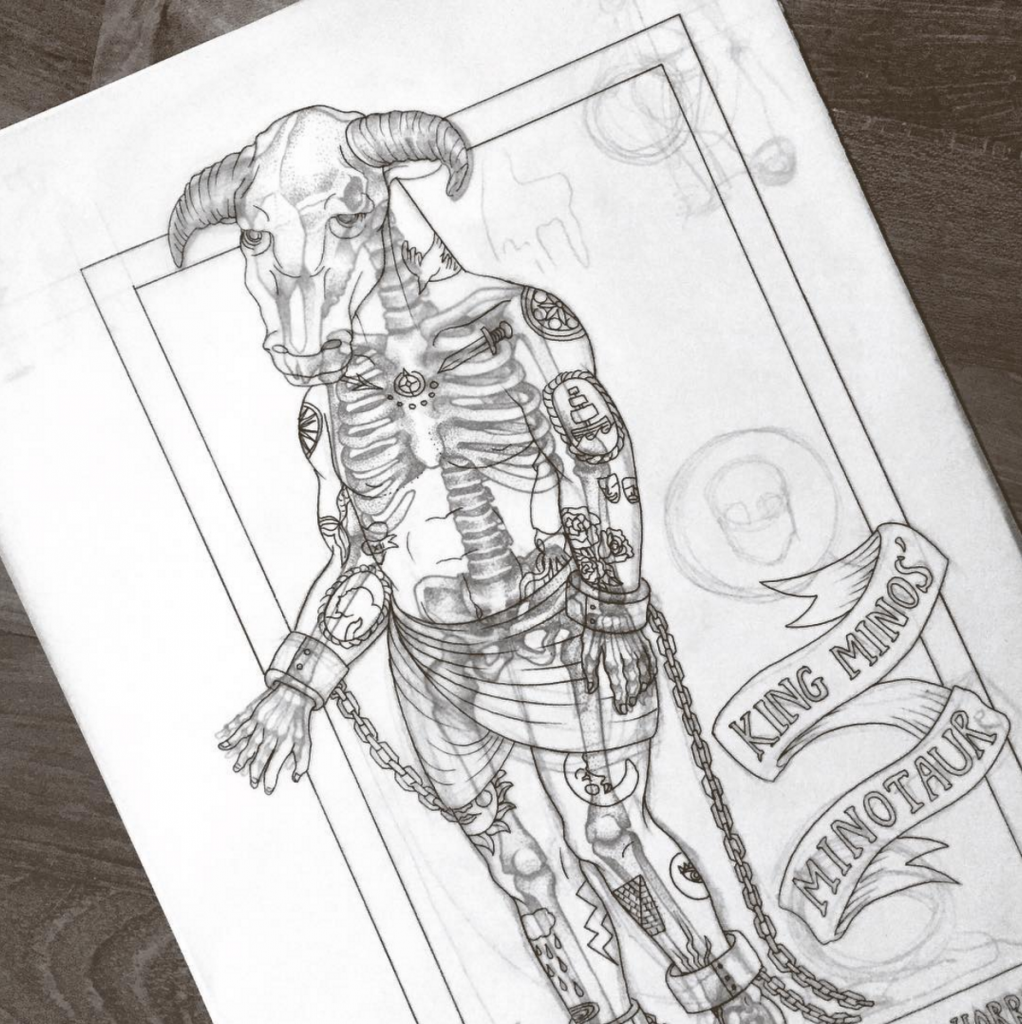
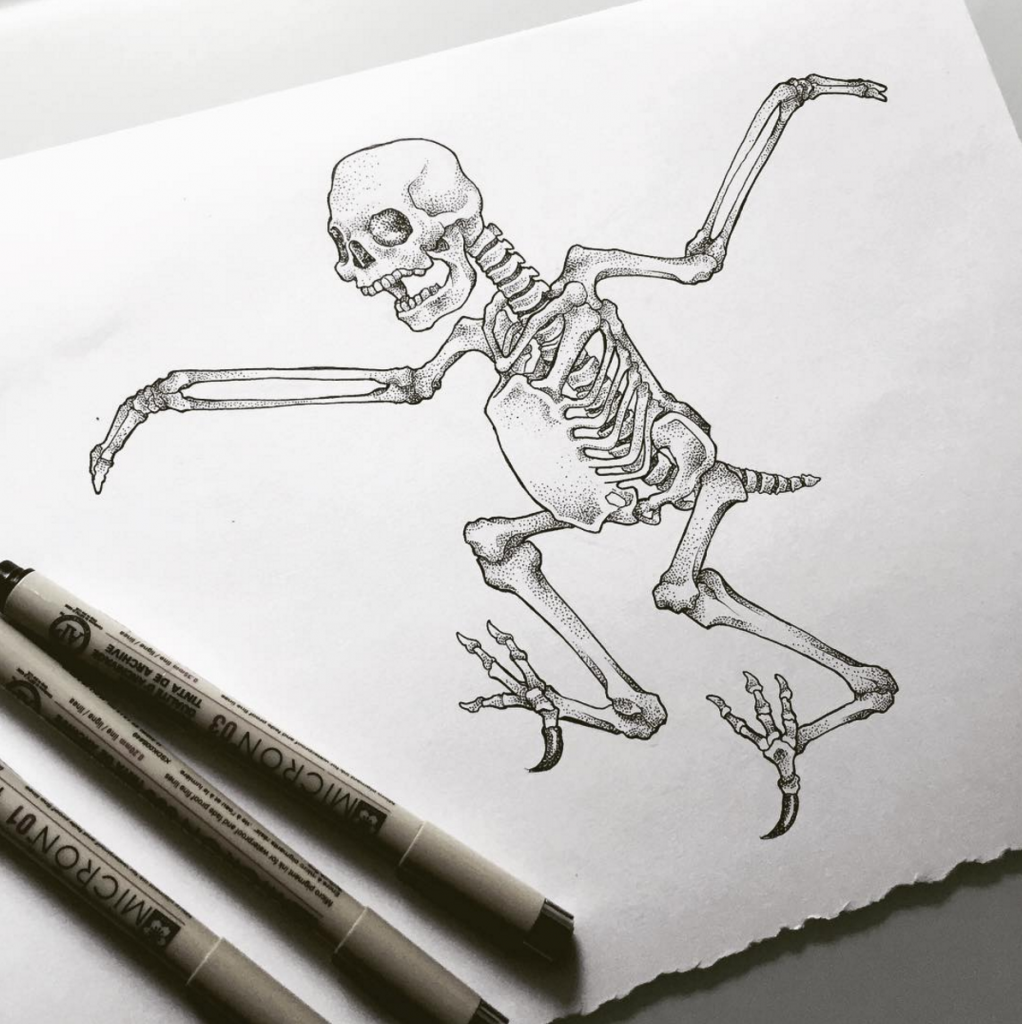
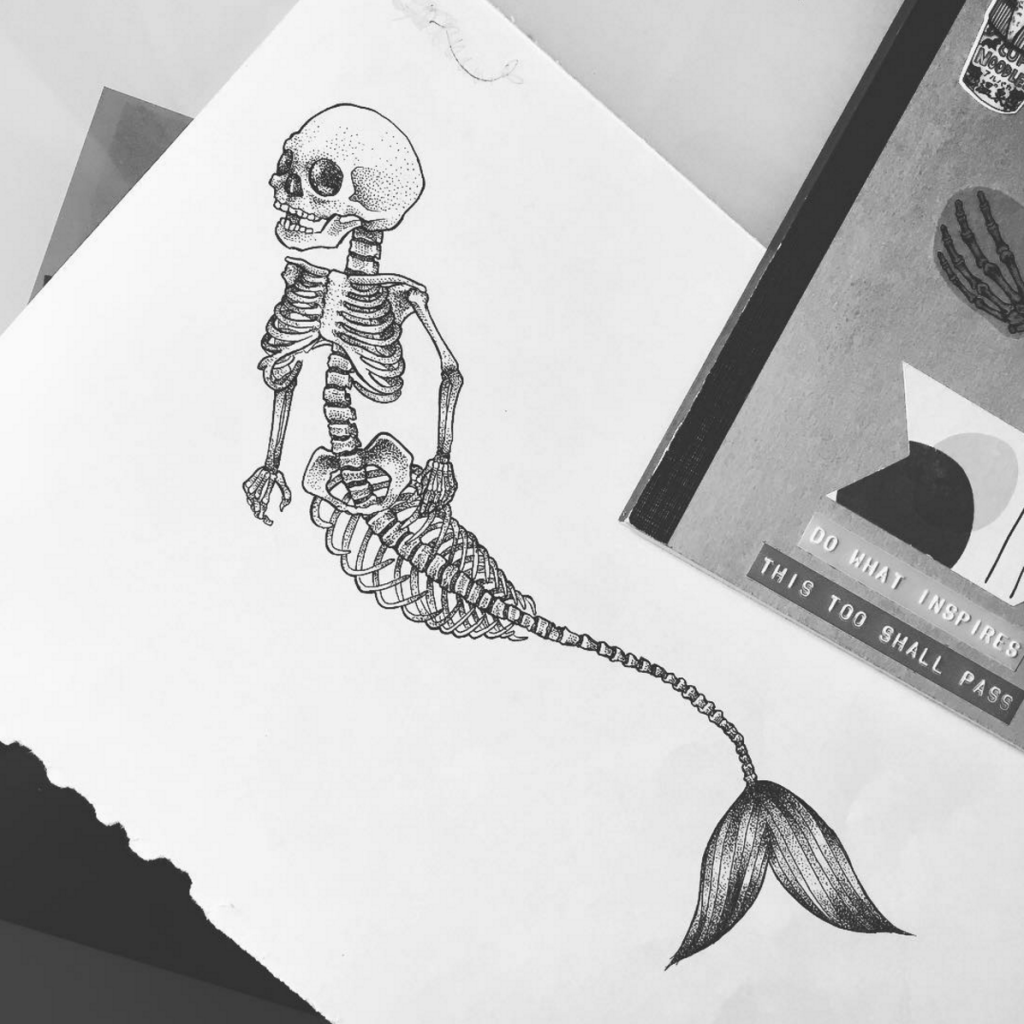
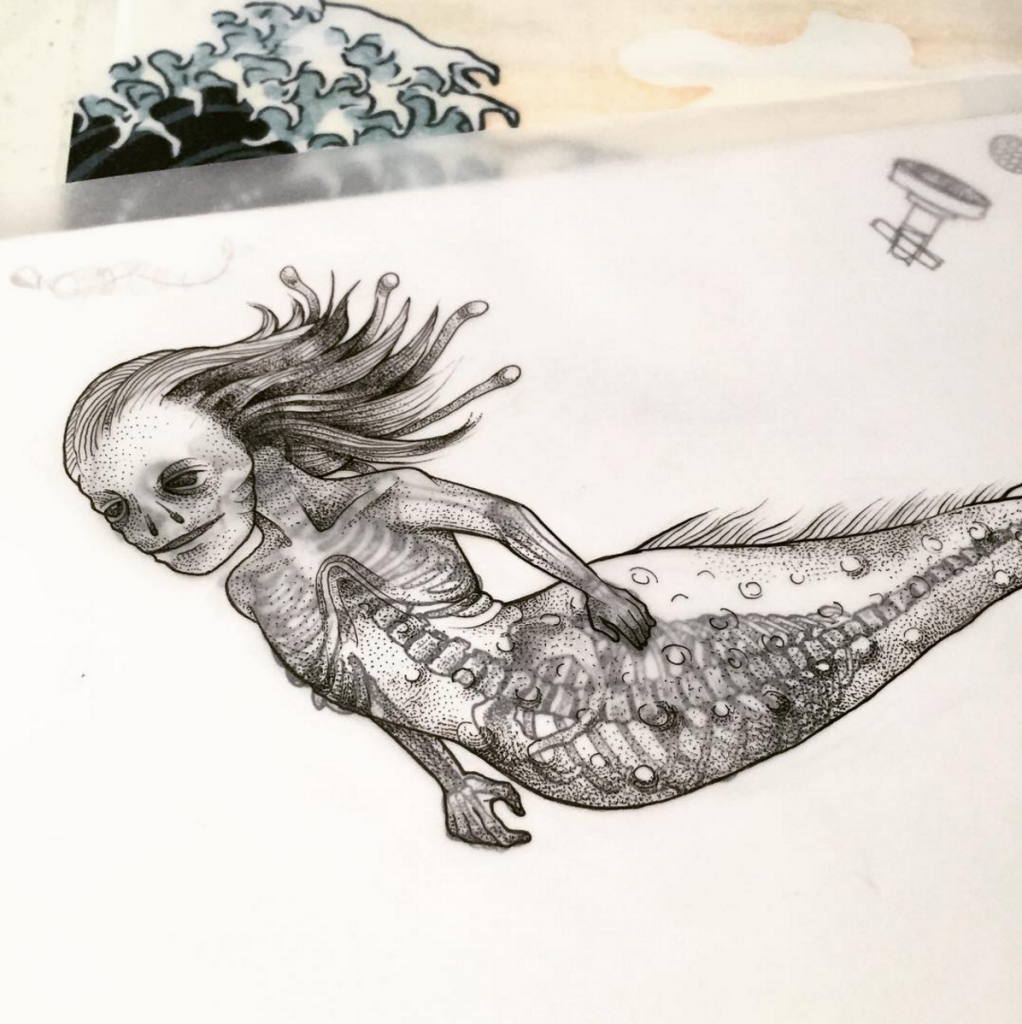
Over the past week I’ve been working on my layered illustrations for my book since I’ve already settled the type styles and the technical aspects of putting it together. By focusing on the illustrations now, I’ll have enough raw material to start putting drafts for the mural together and I’ll be able to consider my gallery setup with more concrete details. I’ll probably pick up on more typesetting this week and start laying out more of the content to determine if I need to generate more.
One additional concept I’ve added on is the introduction of the tarot/fortune cards to the story – I’ll be redesigning the card frames and writing in meanings for the spreads that are interspersed with the story to help create additional layers of storytelling and meaning:
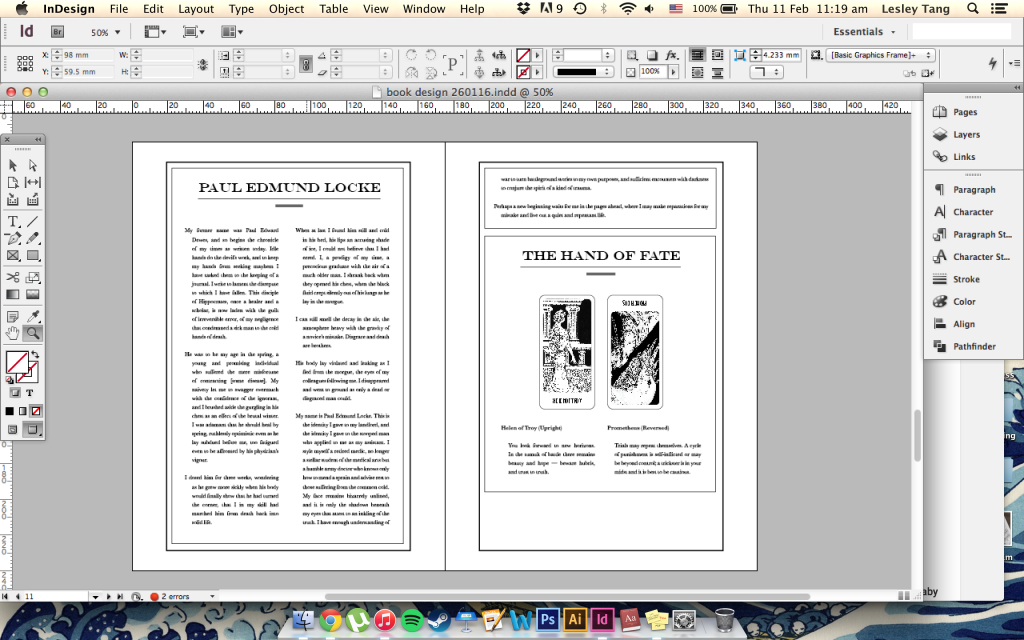
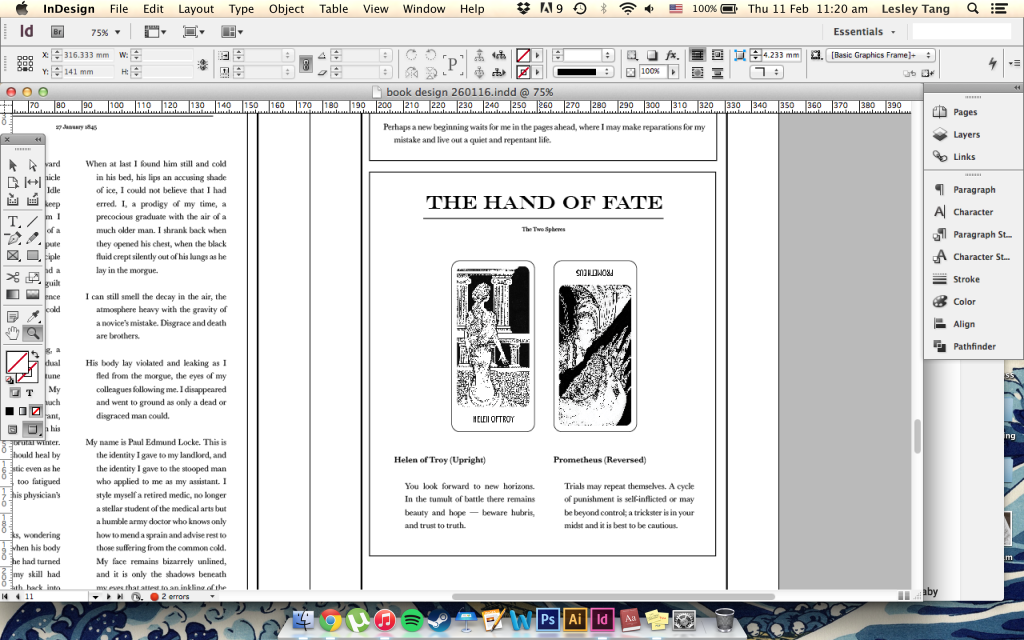
A lot of this is getting very introspective (I’ve been playing Sunless Sea, a very deep storytelling game that has probably influenced the amount of content I’m building around my narratives) but I hope to be able to map it out soon in a more critical way that deconstructs the narrative process (just to please people who couldn’t understand my research… *cough* and I do like mapping now).
So I sort of finished my Hades map (see below) and I’m working on the Castor and Pollux family tree. This is lite production at the moment and I’m still working on page design (book size is sort of settled?).
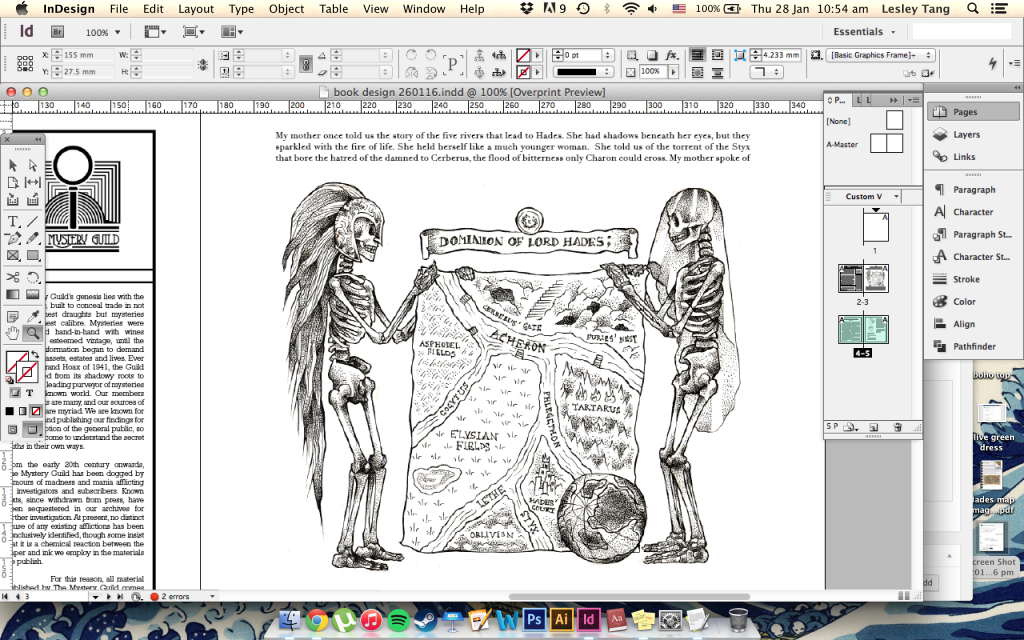
Here are the family tree maps that I really like, to serve as references for how I’m going to draw. I might make some changes to the Hades map (i.e. add more background elements?) but basically this is the kind of look I want to achieve for the Pollux segment of the book.
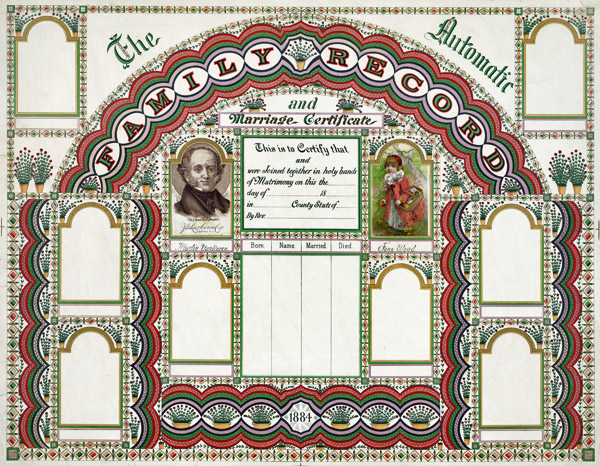
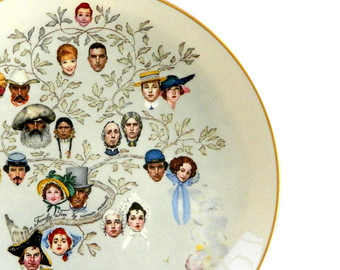
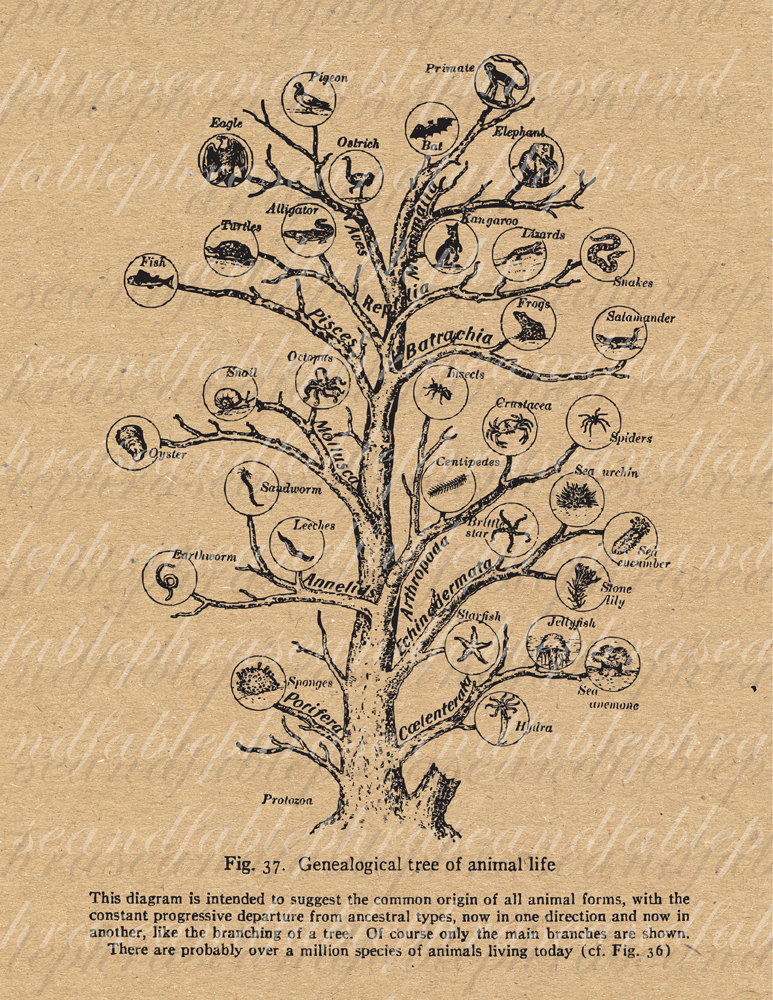
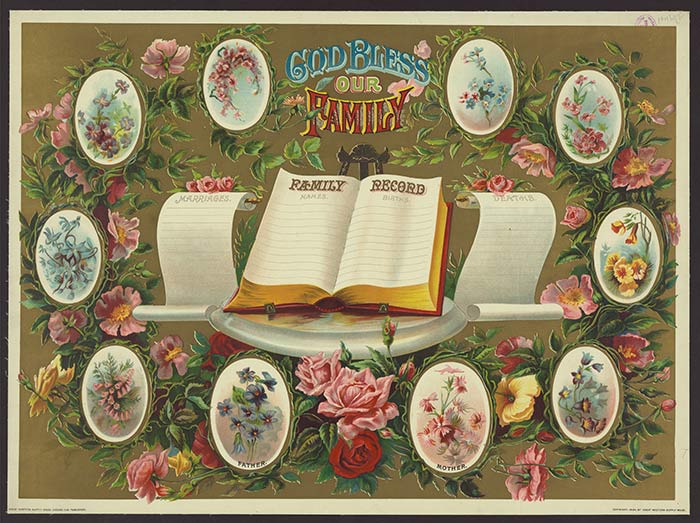
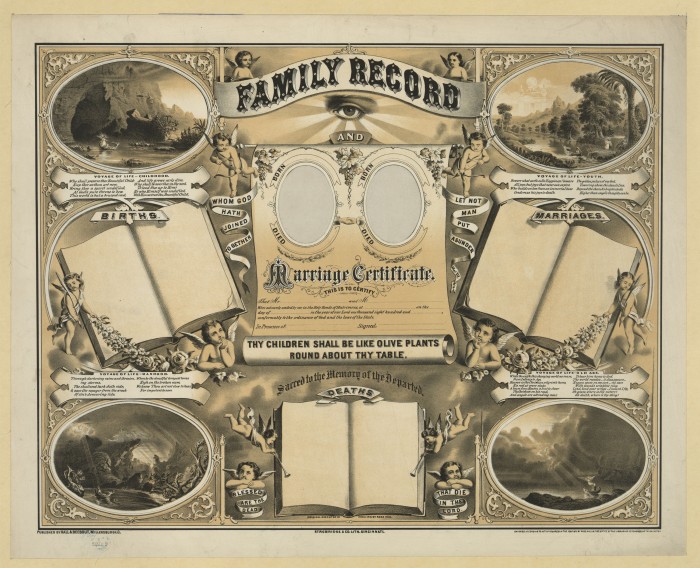
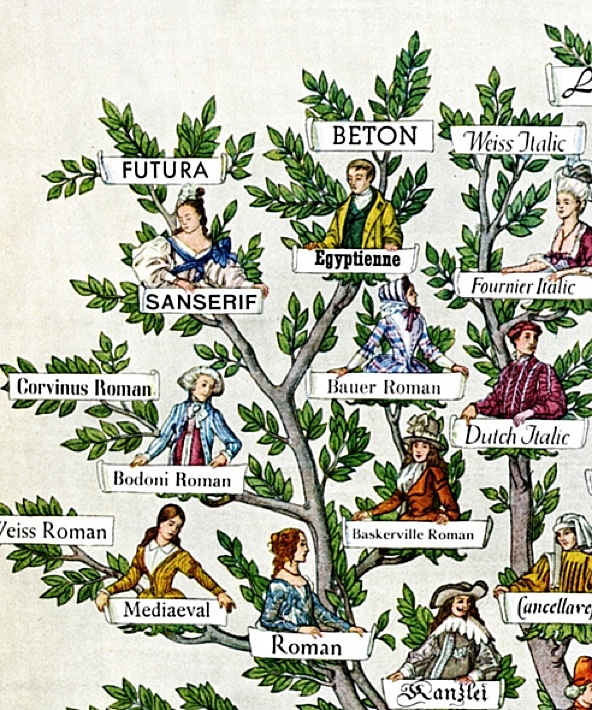
I’m going to use this to work on the family tree but I may wait until after tomorrow’s class so that I can get some insight and opinions from everyone. In the meantime, I’ll be doing more page layouts and I’ll start on my anatomical illustrations.
First FYP session of the semester. So, here are the things I’ll be looking at to kick off production:

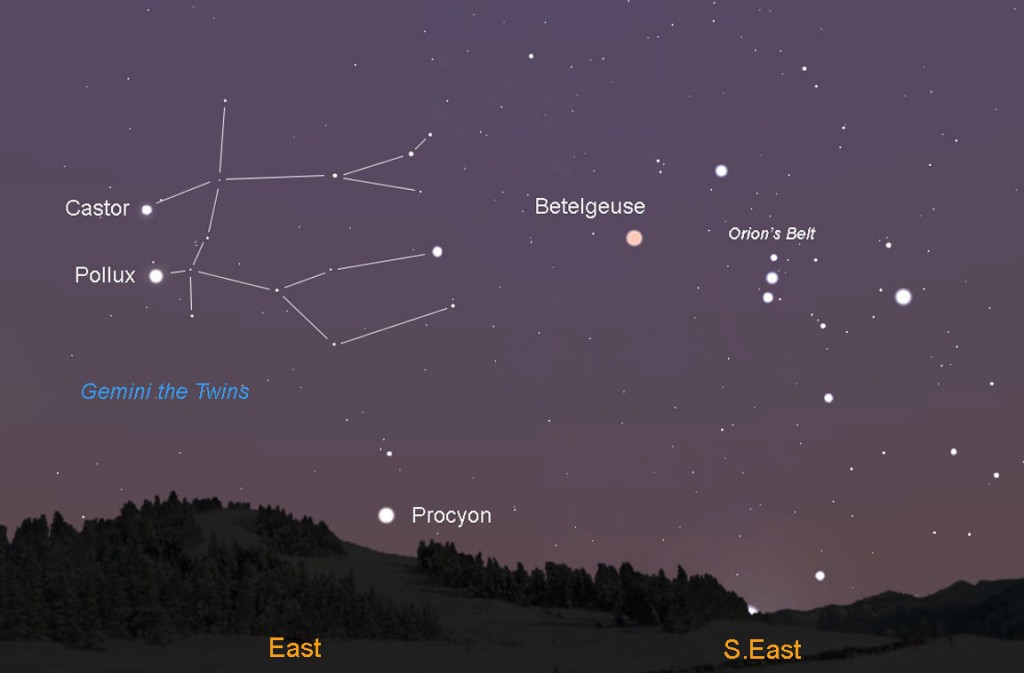
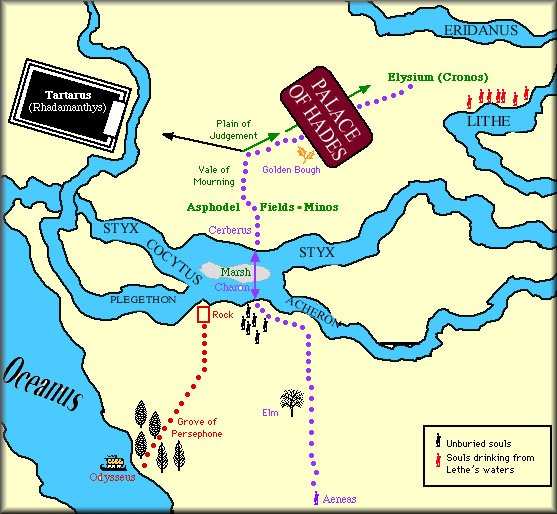
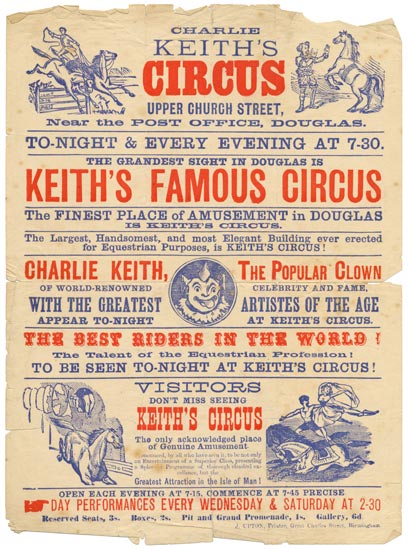
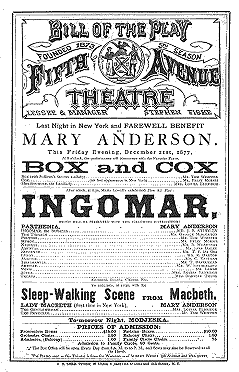
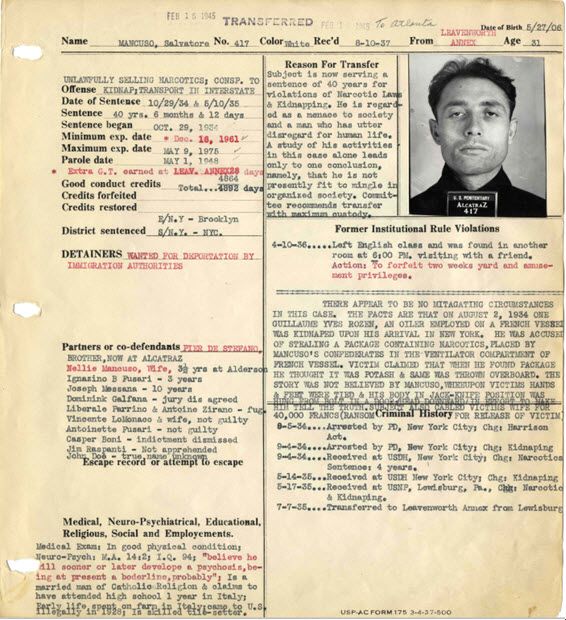
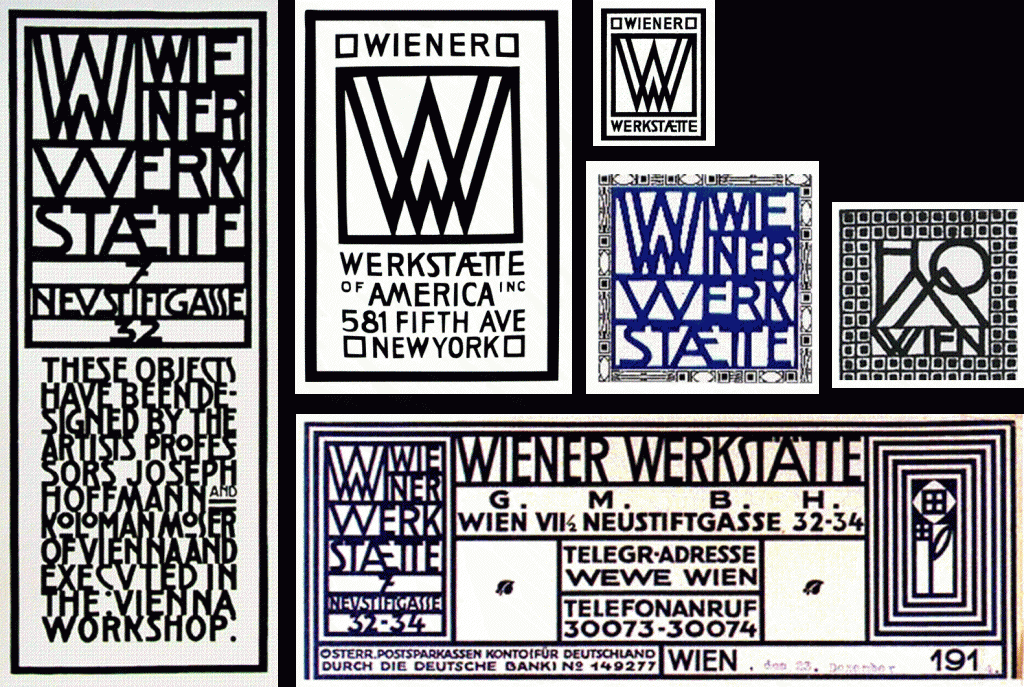
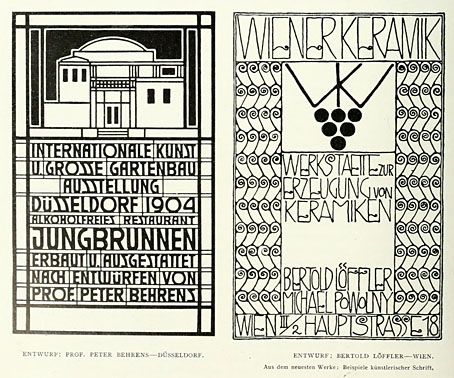
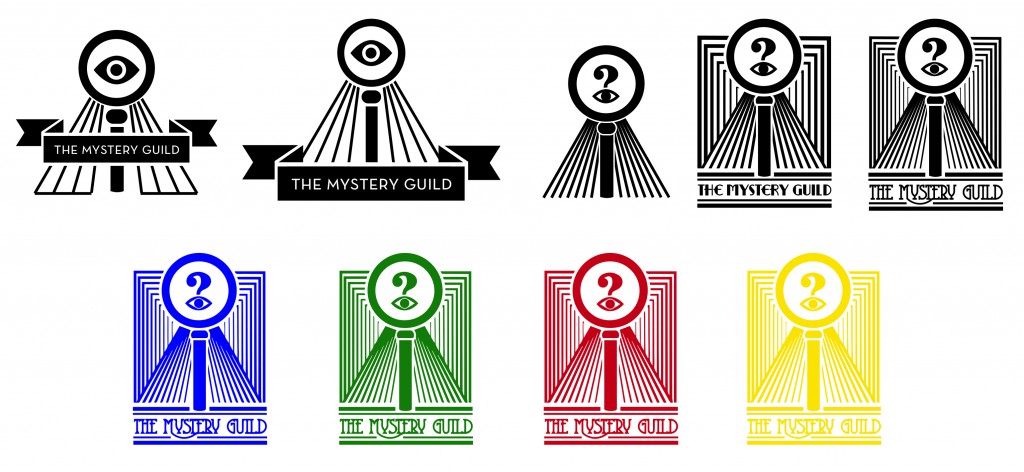
I would have uploaded this much earlier, but OSS wasn’t letting me upload images. Here’s my logo development for The Mystery Guild, which I’m going to use to inspire the rest of my book’s look and feel. Right now I’m working on:
Most of my illustration will be done later once all the text and layouts are finished. I draw a lot faster than I design/write so I feel this is the most prudent way to go. Also, drawing later will let me build on all the personal illustrative experiments I’ve been doing (single-colour in addition to dotwork).
These aren’t related to FYP but all my illustrative experiments are transferable, so I’ve decided to post them here too.
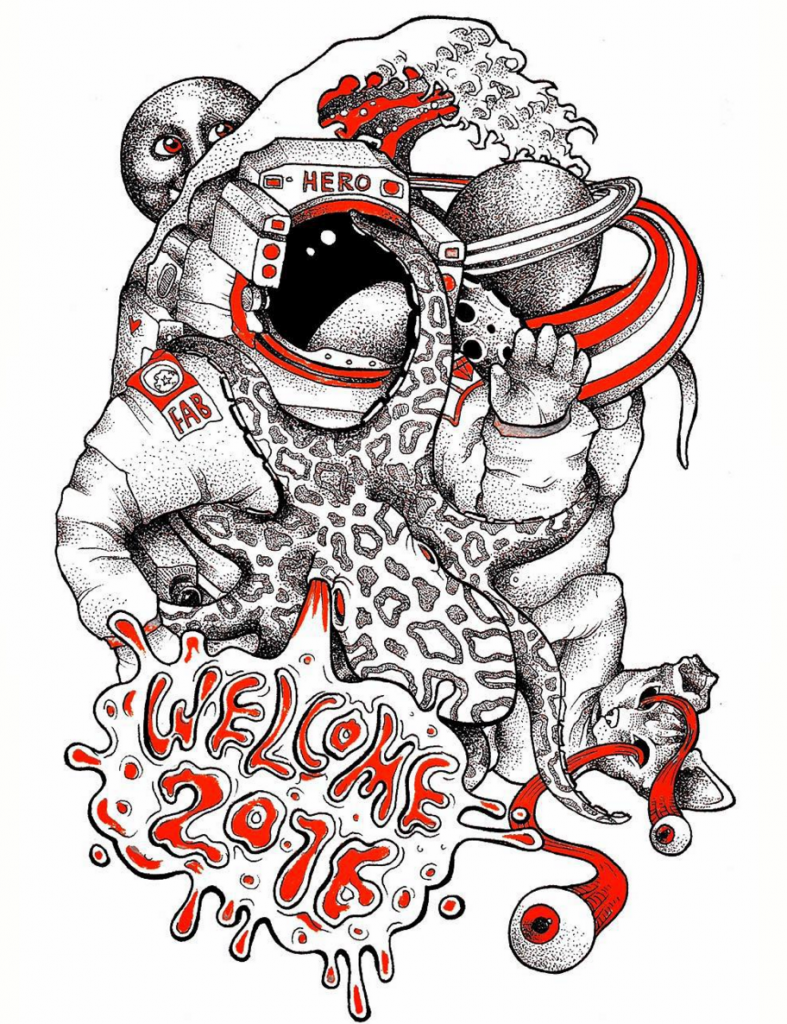

I was brainstorming with B yesterday about how to present my information in a single volume and this might be a really cool way to play with form. I’m thinking of adding three sections to my book:
So what I’m looking at here is a way of playing with the experience of reading by framing the two stories within a larger context (i.e. an unsolvable/intriguing case file). I think in essence, everything is still about tension and duality. I do need some feedback on my grids/type/design and I’m still figuring out how to bring the images and illustrations together.
Just a little book layout/experiment I decided to do. I’m basically almost done with the skeleton of the Paul/Pollux story, so I’m trying to come up with ideas about how to present the world I’ve built without spoiling the story. The plot twist (i.e. Paul = Pollux) can be made rather obvious and chronological, which is not exactly what I want.
At the moment I’m packaging the entire volume as part of something released by an organization called The Mystery Guild (I used this as a frame for my calendar project. I’ve been working on designing a proper logo for TMG to use in the project). The text in this InDesign document is mostly finalized, but the images are all fillers (just ignore them. Even the logos are just fillers I took from the Internet to act as visual placeholders before I finish the final logos and images).
Right now, I am working on
Some ideas I have for the main book
I’m going to work on the FYP Report only after I produce more work and experiment more. I haven’t yet found a good way to synthesize all the research I have such that it’s easily understood because I went all over the place with regard to what I was looking at and I’m not entirely sure how to organize it. After I work on more of the book (and do some test prints to see how the layout is shaping up), I’ll start on my report. By then I should be much clearer on how I want to proceed.
PS: Mysterium Veritatis is Google Translated Latin meaning ‘the secret truth’.